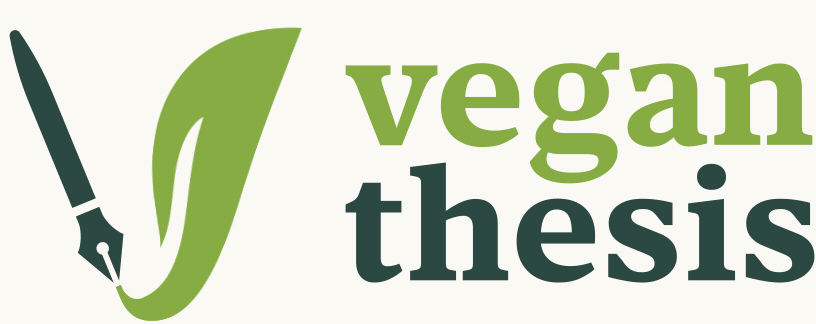Import and export of seafood: To what extent do regulations in importer countries dictate aquaculture operations in exporting countries?
Context and Importance:
There is a significant disparity in regulatory frameworks for fish welfare between Western countries and many Asian nations. For example, producers in countries like Vietnam face strict regulations when exporting to Europe, yet local market standards may be less stringent. This discrepancy highlights the potential for import regulations to influence fish farming practices in exporting countries. Understanding this dynamic could provide leverage to improve global fish welfare standards by aligning export requirements with better welfare practices.
Potential Research Approach:
Comparative Analysis: Conduct a comparative study of aquaculture regulations in key importing countries (such as those in Europe) and exporting countries (such as Vietnam). Focus specifically on fish welfare standards and regulatory frameworks.
Case Studies: Analyze specific case studies of exporting countries to understand how their aquaculture practices are adjusted to meet the stricter regulations imposed by European importers. Examine the impacts of these adjustments on fish welfare.
Impact Evaluation: Assess the direct and indirect effects of import regulations on fish farming practices in exporting countries. Consider changes in farming methods, welfare standards, and environmental sustainability as a result of compliance with stringent import requirements.
Leverage Opportunities: Explore how import regulations can be used strategically to promote improved fish welfare practices globally. Evaluate potential opportunities for leveraging regulatory frameworks to drive higher standards in exporting countries.
Additional Questions:
How do discrepancies in fish welfare regulations between importing and exporting countries affect the overall welfare standards in global aquaculture practices?
What are the practical challenges and benefits for exporting countries in aligning their aquaculture practices with stringent import regulations, and how do these affect local fish welfare?
How can import regulations be effectively used as a tool to drive improvements in fish welfare practices in exporting countries, and what mechanisms can be put in place to ensure compliance and enforcement?
